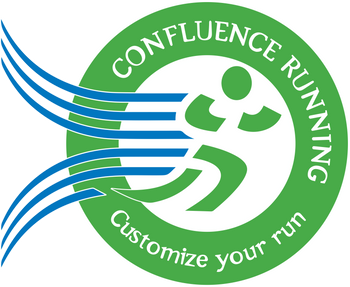How Energy Systems, Heart Rate, and VO2 Max Shape Athletic Training
Optimizing Training Through Science: Biomechanics, Metabolism & Performance
Understanding the Biological Integration of Fitness
The Biological Wrap-Up consolidates key physiological principles in biomechanics, metabolism, energy systems, heart rate training, and VO2 max. This lecture explains how each component interacts to optimize athletic performance, ensuring structured training plans for strength, endurance, and recovery.
Applying Science to Improve Training Efficiency
From muscle fiber recruitment to ATP utilization, this overview equips athletes and trainers with the knowledge to fine-tune workouts. Understanding training metrics such as heart rate zones and anaerobic thresholds allows for better program design, reducing injury risks while maximizing performance outcomes.
The Biological Wrap-Up brings together the fundamental principles of biomechanics, metabolism, energy systems, heart rate training, and VO2 max. These elements work in synergy to shape an athlete's training plan, ensuring the correct application of training metrics, the appropriate intensity zones, and the strategic use of recovery and adaptation. Whether you're training for endurance, power, or speed, understanding energy pathways, muscle fiber engagement, and heart rate zone optimization allows for smarter, science-backed training programs.













